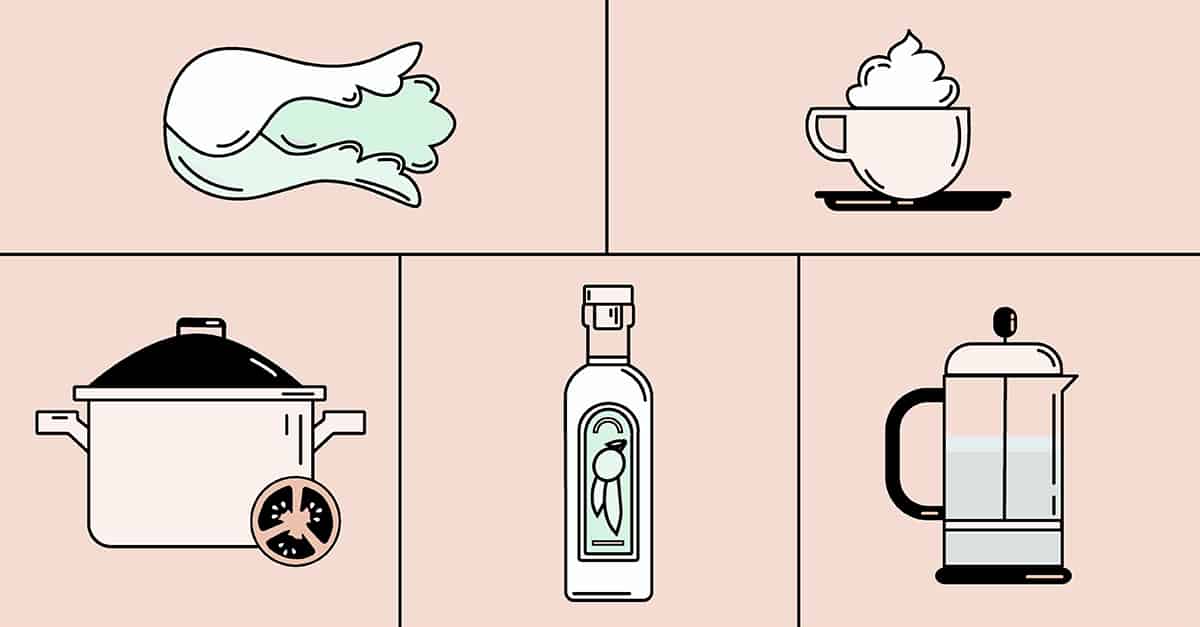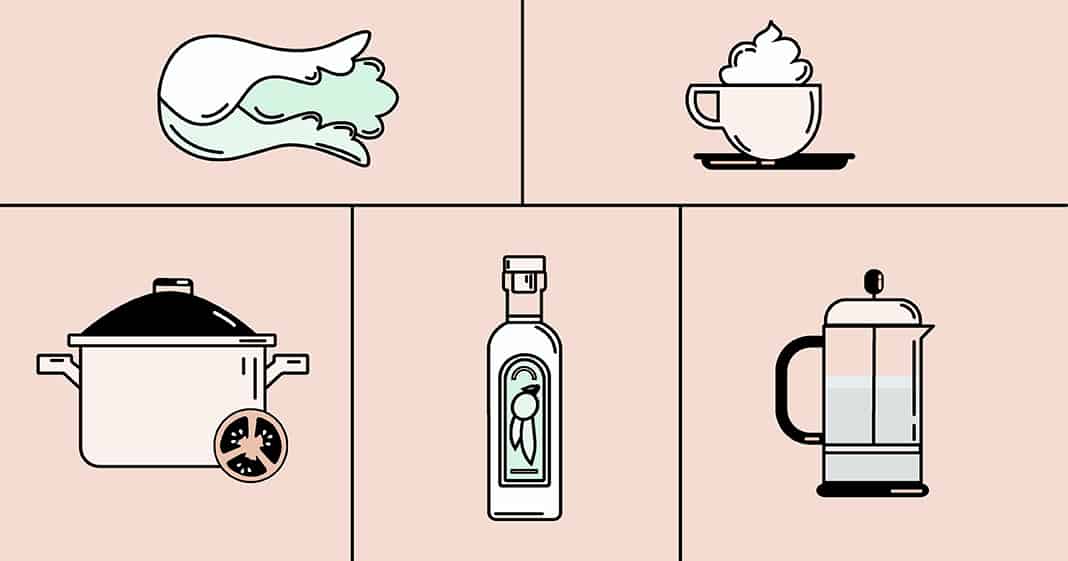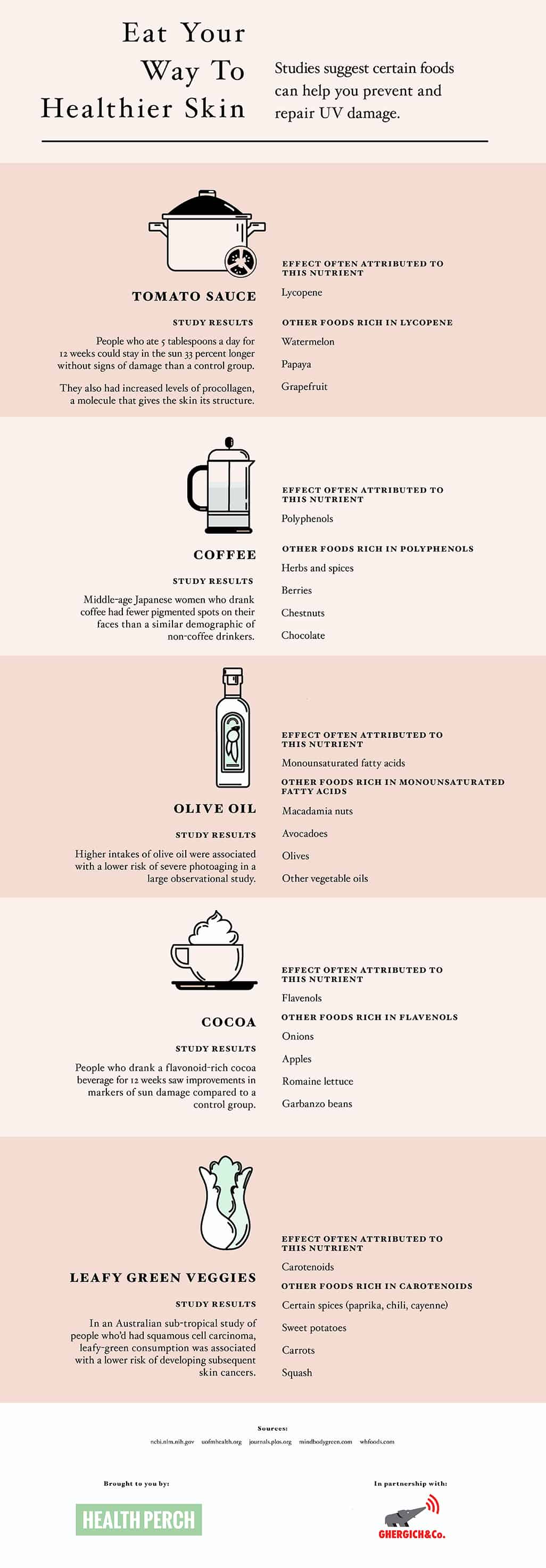The #nomakeup celebrity selfies trending on Instagram are an encouraging sign that more people are celebrating natural beauty—freckles, wrinkles, and all. However, skin health is more than just a cosmetic issue, and most of us want our skin to be as vibrant as possible.
If you’re noticing unwanted skin changes such as age spots, fine lines, and wrinkles, there’s some good news: They may not be inevitable. Some are caused by the passage of time, but some are the result of accumulated exposure to ultraviolet (UV) light from the sun. That’s good news because it means you may be able to prevent further damage and even repair some of the existing damage. Keep reading to learn which skin changes are most associated with too much time in the sun, and discover a whole-body approach to healthy, radiant skin.
Chronological Aging Versus Photoaging
We’re all familiar with common signs of aging including age spots, loose skin, visible veins, fine lines, and wrinkles. But which are simply part of getting older and which are caused by sun exposure, sometimes called photoaging?
According to one study, about 80 percent of visible signs of aging in Caucasian populations results from accumulated sun exposure. Researchers came to that conclusion by dividing nearly 300 Caucasian women of various ages into two groups. One group described themselves as “sun-seeking” while the other said they were “sun-phobic.” The researchers compared both groups’ skin and found that certain signs of aging, especially pigmentation changes, were associated with accumulated UV exposure.
Smart Sun Exposure
If that study makes you want to stay inside from now on, not so fast. Some sun exposure is necessary and beneficial for human health. It triggers the skin to make vitamin D3, a hormone-like substance that’s crucial for many body functions. In northern climates, getting adequate vitamin D3 in the summer is especially important because the body stores it for use during the dark winter months.
According to the World Health Organization, more people experience serious health challenges because of too little sun exposure than too much. (Vitamin D deficiency is linked to a higher chance of developing cancer, heart disease, and other serious diseases.) Thus, you don’t want to be sun-seeking or sun-phobic, according to Dr. Robert Stern, head of the Dermatology Department at Harvard-affiliated Beth Israel Deaconess Medical Center. He advises people take a middle ground approach to sun exposure.
The amount of sun exposure you need for healthy vitamin D levels depends on your skin pigmentation, the season, the time of the day, and where you live. In general, fair-skinned people need to spend about 10 minutes in the summer sun to make 10,000 IU of vitamin D, and dark-skinned people need five to six times as much time in the sun to make the same amount. Stern advises people wear sunscreen of SPF 15 or higher and a hat when they go out at midday or for long periods of time.
Sunscreen alone is not a silver bullet. In epidemiologic studies, wearing sunscreen is actually linked to a higher risk of cutaneous melanoma, basal cell skin cancer, and a higher number of nevi, or small raised skin lesions. This may be because wearing higher SPF sunscreen encourages people to stay in the sun longer than they normally would.
The bottom line? Take common-sense measures, such as wearing a hat, covering up with lightweight clothing, and avoiding the sun during the heat of the day, to protect yourself from excessive sun exposure. When needed, also wear a broad-spectrum sunscreen that protects against UVA and UVB rays. (The Environmental Working Group’s Skin Deep database can help you choose a good one.)
Beauty from the Inside Out
When it comes to skin health, you are what you eat. Noshing on foods rich in vitamins C and E, lycopene, lutein, beta carotene, and other antioxidants may help protect your cells from UV damage and repair existing damage. The best part? Antioxidant-rich foods are ripe and abundant in the summertime when most people need the most defense from UV rays. These foods include tomatoes, peppers, carrots, fruit, berries, melons, and dark green leafy veggies. Your sun-damaged skin may also be craving some other delicious, nutritious foods. Chocolate, anyone?
The bottom line: A real-food diet rich in fruits and vegetables, healthy oils, and other nutrient-dense foods benefits the entire body, including the skin.
Surface Treatment
According to the American Academy of Dermatology, exfoliating skin can improve its appearance and spur collagen production, although experts warn of potential side effects for people with certain skin types and conditions.
Topical antioxidants may help prevent and repair sun damage. A commercial antioxidant serum was shown to improve signs of visible photoaging in one study. Some research shows vitamin E is effective, and topical vitamins C and B3, as well as concentrated green tea, may also be beneficial.
Topical vitamin A, or retinoid, is both an antioxidant and a cell regulator, meaning it stimulates the production of collagen. Studies suggest it’s effective for repairing UV damage. However, environmental researchers have raised concerns about its safety, especially for pregnant and breastfeeding women.
The bottom line: A topical antioxidant or cell regulator may help prevent and repair sun damage, but do your research before you put anything on your skin.
Conclusion
If you’ve basked in the sun a few too many times, don’t despair. With a sensible approach to sun protection; a healthy, antioxidant-rich diet; and a nourishing topical treatment, you may be able to repair some existing UV damage and prevent further damage.


